do you know?The disappearing ice will not only increase the sea level, but also cause the crust to distort
Author:Astronomy online Time:2022.09.07
The disappearing ice is leading to the deformation of the crust
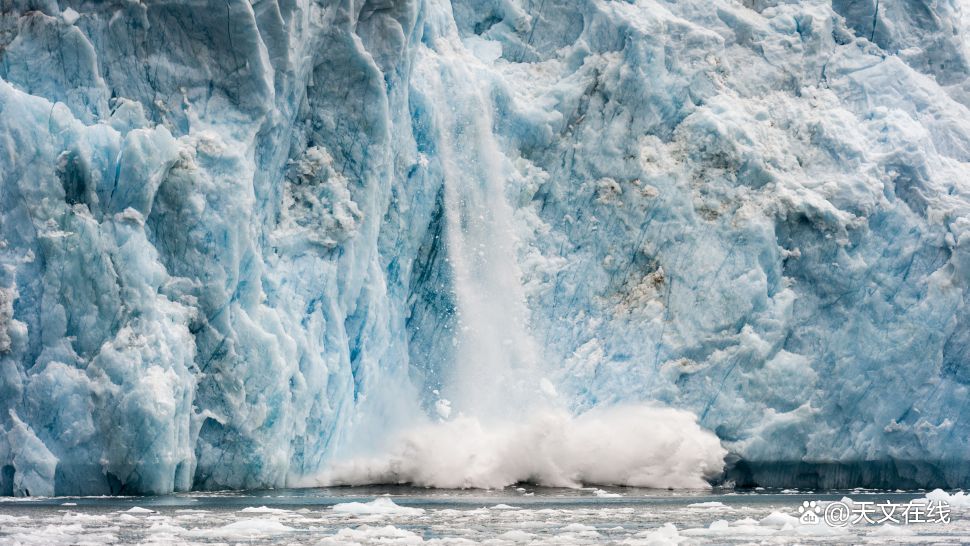
On Greenland Island, the ice crashing ice fell into the ocean. These ice melting is leading to the distortion of the crust.
(Source: Jason Edwards/Getty Images)
Polar melting ice can cause crustal deformation.
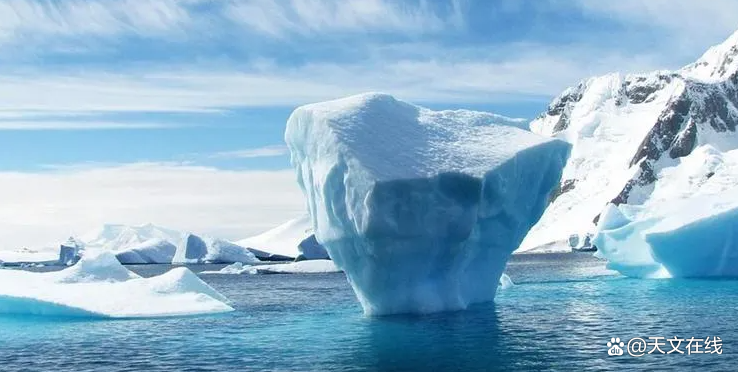
This change is difficult to detect and usually occurs hundreds of miles away from ice fields. However, as a part of scientific research, this weak change can be monitored by scientific researchers and is used to understand how climate change will affect the sea level. In the monthly "Earth Physics Research Express", some researchers wrote that understanding these deformation distortions is necessary, because scientists need to correct this ground movement when measured other geological changes.
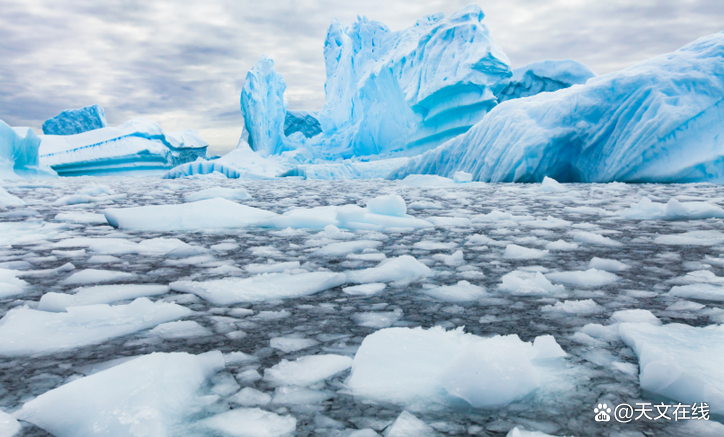
Scientists are known that when glaciers fade, the crust below will change. Imagine that after lift your head from the memory pillow, the pillow will gradually rebound. This process takes time, that is, after your head leaves the pillow, the pillow will still move. Similarly, similar situations occur when glaciers shrink. When the glacier melts, the crust below no longer tolerates the original weight of the glacier and slowly rebounds. This rebound is called "equilibrium rebound", and its process is very slow. In some high latitudes, the rebound that occurred in the late Ice Age was still continuing.
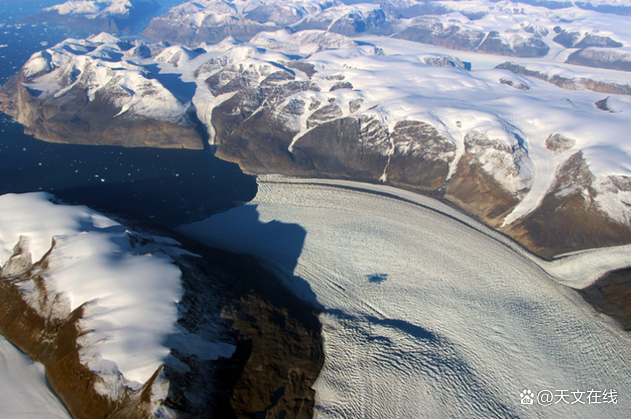
Now, due to climate change, ice in the polar region is ablation at a faster and faster speed. According to a paper published in "Frozen Circle" in 2020, from 2000 to 2010, the ice loss of Antarctica, Greenland and Gaoshan Glacier increased by 60%from 1990 to 2000. This ablation is affecting the shape of the crust, just like the losses of glaciers at the end of the glacier. Today, most studies are concentrated on the changes in the crust below and around the ice. Even if it is further research, it is only focused on vertical changes in the shape of the crust. However, the crustal movement is three -dimensional, which means that it will also move horizontally.
Sophie Kurson, a postdoctoral researcher at the National Laboratory of Los Alamos, conducted a study at Harvard University. She wanted to look at the impact of the 21st century glaciers from the perspective of 3D. In the study, she and her colleagues used satellite data collected from 2003 to 2018 to explore the micro movements of the crust, and compared these changes with the annual ice loss of Antarctica, Greenland and high -latitude glaciers.
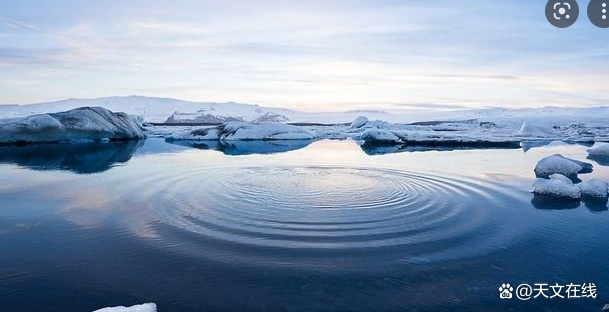
Studies have found that in most cases, the horizontal movement of the crust should be significantly vertical (bulge). The movement of glaciers depends to a large extent on the amount of ice lost every year, but no matter how much losses in the glacier, the average crustal level movement occurs in most parts of North America than vertical exercise. The horizontal creep to the north reached its peak in 2012 to 0.017 inches (0.45 mm). In the years with less losses, the average movement of the entire continent is about 0.004 inches (0.1 mm).
At the beginning of the 21st century, the glacier retracted rapidly in the Antarctic Peninsula and western Antarctica, but it has been advanced in eastern Antarctica. This gain and losses ultimately make the dystrophy of the crust, and most of the deformation exists only in a small area in the South Pacific. The northern hemisphere is another scene, with an average of 0.015 inches (0.4 mm) to north each year. Among them, Canada and the United States have a mobile movement of 0.01 inches (0.3 mm). The movement range is as high as 0.008 inches (0.2 mm).
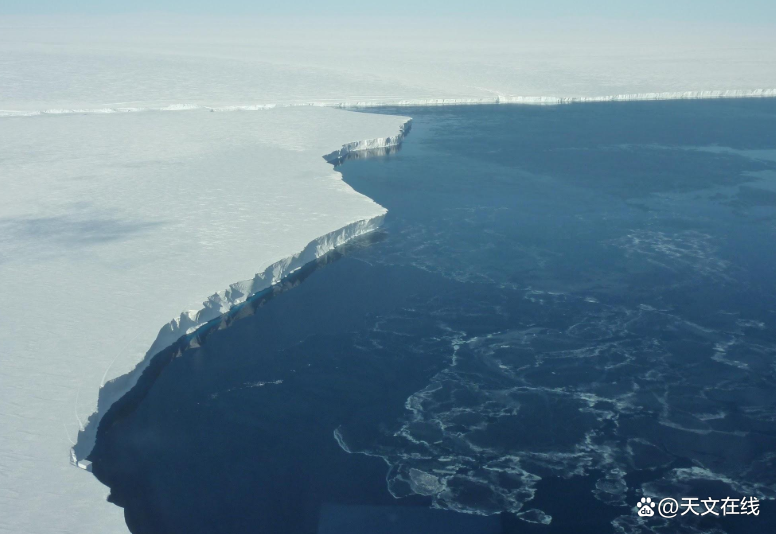
These numbers look insignificant, but over time, less accumulated. This distorted deformation may affect the demise of future glaciers.
Kurson told the Harvard Bulletin: "For example, in some areas of Antarctica, the rebound of the crust is changing the slope of the lower base rock in the ice sheet, which may affect the future dynamics of the glacier." The steady the slope means the ice flow direction, the flowing flows. The faster the sea is.
By: Stephanie Pappas
FY: Busy North Gate
If there is related content infringement, please contact the author to delete after the work is released
Reprinted, please obtain authorization, and pay attention to maintaining integrity and indicating the source
- END -
Kishke Teng Banner Meteorological Observatory lifted lightning yellow warning [III class/heavier]
Kashkteng Banner Meteorological Station, June 10, 2022, at 09:09, at 20:29 on June 09, 2022, 20:29, at 20:29, at 20:29, at 20:29, the town, Jinghuang Town, Dacheng Ri Town, Tongxing Town, and Cosmic L
coming!Zhoukou Early News (June 14, 2022)

Today's weather: On June 14, 2022, Zhoukou is clear, the temperature is 23 ° C to...